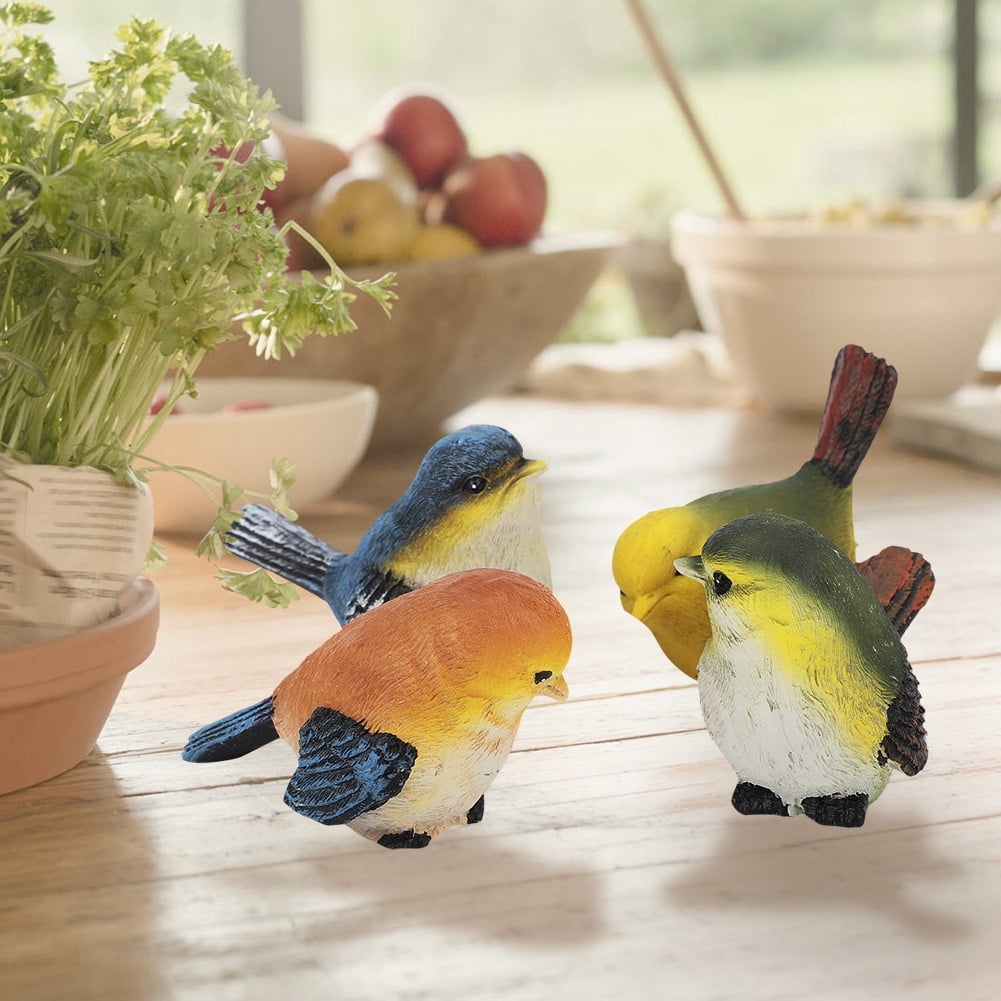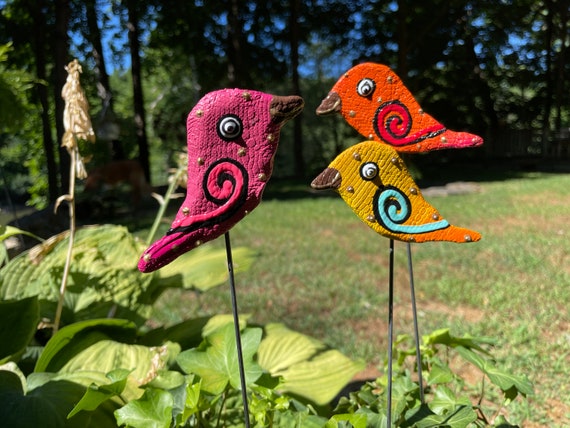There’s something undeniably enchanting about the presence of birds in a garden. Decorative outdoor birds not only bring color and life to your outdoor space but also serve as charming focal points in your landscaping. Whether you’re considering bird feeders, birdhouses, or even decorative sculptures, this comprehensive guide will walk you through everything you need to know to create a bird-friendly habitat that delights both you and your feathered visitors.
Why Choose Decorative Outdoor Birds?
Decorative outdoor birds can transform your garden from ordinary to extraordinary. Here are some compelling reasons to incorporate them:
- Aesthetic Appeal: Decorative birds add beauty and color to your landscape.
- Wildlife Attraction: They can attract real birds, creating a lively atmosphere.
- Stress Relief: Watching birds can reduce stress and improve mood.
- Educational Opportunities: Engage children and adults in learning about birds and nature.
Types of Decorative Outdoor Birds

When selecting decorative outdoor birds, the options can be overwhelming. Here’s a breakdown of some popular types:
1. Bird Feeders

Bird feeders come in various styles and sizes, designed to attract different species. Here’s a quick overview:
| Type | Best For | Materials | Pros | Cons |
|---|---|---|---|---|
| Hopper Feeders | Seed-eating birds | Wood, plastic | Can hold large quantities of seed | Might attract unwanted pests |
| Suet Feeders | Woodpeckers, chickadees | Wire, plastic | High-energy food source | Requires regular refilling |
| Platform Feeders | Ground-foraging birds | Wood, metal | Versatile and easy to clean | Seed can be easily spilled |

2. Birdhouses
Birdhouses provide shelter for pet and wild birds alike. Here’s how they vary:

- Wooden Birdhouses: Classic choice; durable and aesthetically pleasing.
- Metal Birdhouses: Modern and stylish; can be more challenging to clean.
- Decorative Birdhouses: Often shaped like cottages or other fun structures for added charm.
Personal Experience: I recently added a handmade wooden birdhouse painted in soft blue to my garden, and within weeks, I was delighted to see a pair of wrens moving in. The charm it brought to my garden was immeasurable!

3. Bird Baths
Bird baths serve as a water source and are vital for bird health. They come in various designs:

- Classic Pedestal Bird Bath: Timeless design; great for most birds.
- Wall-mounted Bird Bath: Ideal for small spaces.
- Solar-powered Bird Bath: Features fountains for added appeal.
Choosing the Right Decorative Birds for Your Garden
When selecting decorative outdoor birds, consider your garden’s style, your local wildlife, and your personal preferences. Here are tips to guide your choices:
1. Assess Your Garden Space
Evaluate the size and layout of your garden. Larger gardens may benefit from several feeders and birdhouses, while smaller areas might require more compact options.
2. Understand Local Bird Species
Research which species are common in your area. Choose feeders and houses that cater to these species for a better chance of attracting them.
3. Material Considerations
Durability is crucial for outdoor decorations. Choose weather-resistant materials like metal, treated wood, or high-quality plastic.
Comparison Table: Materials for Decorative Outdoor Birds
| Material | Durability | Maintenance | Aesthetic Appeal |
|---|---|---|---|
| Wood | High | Medium | Natural look |
| Metal | Very High | Low | Modern and sleek |
| Plastic | Medium | Low | Variety of styles and colors |
How to Maintain Your Decorative Outdoor Birds
Maintenance is essential to the longevity and cleanliness of your decorative outdoor birds. Consider these tips:
1. Regular Cleaning
Bird feeders and baths should be cleaned regularly to prevent mold and disease. Use a mild soap solution and rinse thoroughly.
2. Seasonal Checks
Inspect your birdhouses and feeders, especially after harsh weather. Repair any damage to ensure safety and usability.
3. Refill Supplies
- Feeders: Refill birdseed frequently to attract more birds.
- Bird Baths: Change the water every few days to keep it fresh.
Decorative Outdoor Birds: Pros and Cons
Pros
- Adds visual interest to your garden.
- Encourages biodiversity.
- Promotes relaxation and enjoyment.
- Educational opportunities for all ages.
Cons
- Requires maintenance and upkeep.
- Initial setup cost for quality items.
- Attracts pests if not managed properly.
- May not attract birds immediately.
FAQs About Decorative Outdoor Birds
1. What types of birds can I attract with decorative items?
You can attract a wide variety of birds such as finches, sparrows, blue jays, and hummingbirds with the right feeders and plants in your garden.
2. How do I keep squirrels and other animals away from my bird feeders?
Consider using squirrel-proof feeders or placing feeders in locations that are difficult for squirrels to reach. Some homeowners have success with feeding stations mounted on poles with baffles.
3. Can I paint my birdhouses or feeders?
Yes, you can paint them! However, ensure you use non-toxic, weather-resistant paint to keep the birds safe.
4. How can I create a welcoming environment for birds in my garden?
Mix native plants, install birdhouses and baths, minimize pesticide use, and provide nesting materials like twigs and dry grass.
Conclusion
Incorporating decorative outdoor birds into your garden can significantly enhance its beauty and create a serene environment filled with life. Through thoughtful selection, regular maintenance, and a little creativity, you can attract a variety of birds and reap the many benefits they bring. With the tips shared in this guide, you’re well on your way to creating a vibrant and inviting bird-friendly space in your outdoor living area.
As you embark on this journey, remember to have fun and enjoy the little moments as you watch your decorative birds flutter about and listen to their sweet songs.